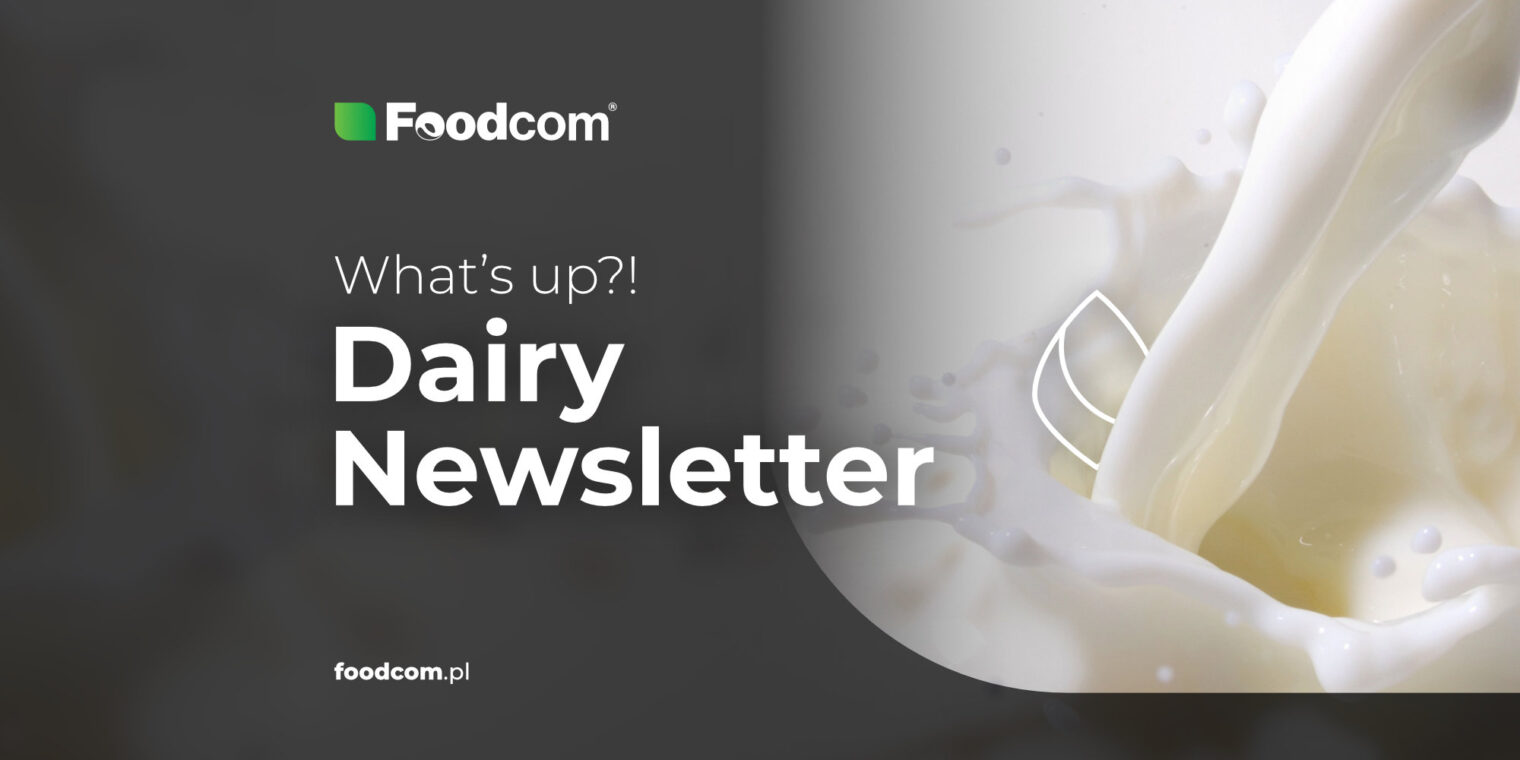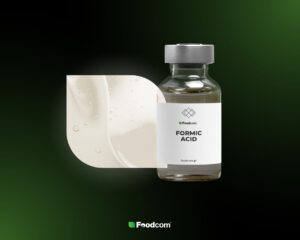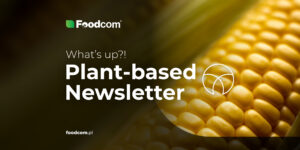Hello Partners!
Welcome back to our Newsletter!
Take a look at the latest overview of the dairy market! In our detailed report, we present you with the current prices and trends for a wide range of products, from cheese to milk powder. We analyze the stability of butter prices and the changes in the cream market that have occurred with the improvement in the weather. We also report on the spread of the H5N1 virus among dairy herds in the United States and developments in the German dairy sector. Find out how these events are impacting the global dairy market.
Hottest products of the week
Skimmed Milk Powder
The market for Skim Milk Powder for animal feed is currently quiet, with spot transactions at 2200 EUR/MT indicating a downturn. Higher prices are expected in the future, but there is little to no trading activity, indicating a cautious attitude from market participants.
There are a variety of offers on the market for food grade SMP with prices ranging from 2175 to 2350 EUR/MT. Despite some low-priced spot offers, prices for the second half of the year are trending upwards. Bids for the third and fourth quarters are at 2500 and 2600 EUR/MT respectively, indicating cautious optimism among traders about future price trends.
Cheese
The cheese market is currently stable and there are no immediate signs of price increases. Cheddar is struggling to find buyers due to overproduction. On the other hand, we have more and more inquiries for Cagliata and Mozzarella, which may indicate the start of the tourist season in Mediterranean countries.
Fats
The Butter market is showing signs of stability, with recent trades between 5650 and 5850 EUR/MT. Futures for the second half of the year point to a slight increase in prices, with expectations ranging from 6000 to 6100 EUR/MT as traders await the market’s reaction to the development of milk inputs and consumer demand.
Liquids
At the beginning of last week we saw a drop in cream prices, but the situation stabilized in the second half of the week and trading closed at 6400 EUR/MT FCA. Today, cream prices rose sharply in response to the improving weather and reached the 7000 EUR/MT mark again.
In Germany, the market for Skimmed Milk Concentrate fluctuated considerably, initially falling to 950 EUR/MT at the beginning of last week before recovering to 1300 EUR/MT. In France, prices fell between 1100 and 1200 EUR/MT. These movements reflect a responsive market that adapts to short-term shifts in supply and demand.
The Milk market is poised for a potential upswing due to the expected improvement in weather conditions in the coming weeks, which could increase demand for fresh products such as cream. Although current spot prices are low and production has not yet peaked — mainly due to cattle being kept indoors for longer due to wet ground — there is cautious optimism that a resurgence in demand could increase both prices and production volumes.
Whey powders
The market for Sweet Whey Powder for animal feed is characterized by subdued trading activity. Current prices are around 625 EUR/MT for deliveries in May and June. Forecasts for the third quarter indicate an increase to 725 EUR/MT, with prices of 810 EUR/MT initially expected for the fourth quarter. However, the latest bids for the fourth quarter show a decrease to 760 EUR/MT. This adjustment indicates a cautious, wait-and-see approach by traders and reflects the general uncertainties in the market.
The European market for Sweet Whey Concentrate is feeling the effects of reduced drying capacities, which is having a direct impact on spot transactions. Regular transactions remain in the typical range of 300 to 400 EUR/MT. However, the fluctuations illustrate the ongoing operational challenges.
What else?
USA
The World Health Organization (WHO) has classified the current risk to public health from the H5N1 avian influenza virus as low, but is urging increased vigilance due to the possibility of transmission from animals to humans. Now that the virus has been detected in milk, the WHO strongly recommends consuming only pasteurized milk to avoid possible infection. This recommendation comes at a time when the U.S. Food and Drug Administration (FDA) reports that H5N1 particles have been found in one in five commercial milk samples nationwide, suggesting that the outbreak is larger than originally expected. In response, U.S. health officials are stepping up efforts to contain the virus, which has spread to 33 dairy herds in eight states and represents the first known outbreak in dairy cows.
Europe
In 2023, Germany’s dairy sector continued to decline, with the number of dairy farms decreasing by 4.4% to 50,581 and dairy cow populations dropping by 2.5% to 3.7 million. Despite this, the annual milk yield per cow slightly increased, reaching 8,780 kg. Domestic dairy consumption, however, fell to new lows, with per capita milk intake at 46 kg and cheese consumption at 23.8 kg. On a positive note, a slight increase in cheese production to 2.66 million tons supported record cheese exports of 1.41 million tons. Additionally, milk fat production rose, helping to nearly balance butter trade for the first time. These shifts occur amidst rising demand for plant-based alternatives and ongoing challenges related to market stability and regulatory pressures, as reported by the German Farmers‘ Association.







